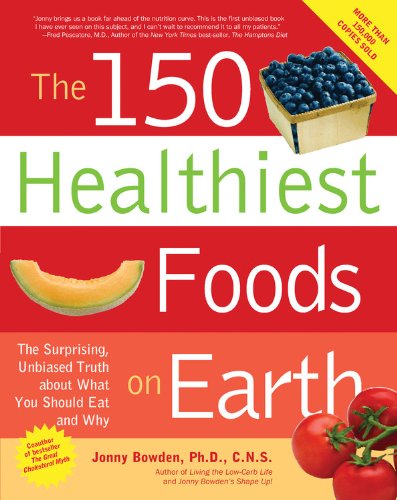Summer should be full of guests. Where there are guests there should be great food and drink. And yet, it is important that the work of food preparation not get in the way of entertaining. Here are simple, easy ideas for summer entertaining.
1. Give at least a week of notice, so the gathering is informal but not too informal. Be open to drop ins.
2. Be aware of any food intolerances or limitations. Have at least three dishes everyone can eat.
3. Incorporate the out of doors somehow.
4. Invite guests to contribute a dish but let them know to come even if they are too busy to prepare something. You may also simply ask them to bring soda water if you suspect they are busy. It is a good idea to invite guests to bring what they are good at cooking, within the constraints of your theme.
5. Favor foods which can be prepared in advance, especially the main dish. An example would be meatballs in a slow cooker.
6. Favor food which are presented, more than actually prepared, i.e. fruit and vegetable platters with dips. Similarly, favor foods which are assembled by the guest, i.e. a taco or fajita bar.
7. Serve buffet style.
8. Have a great selection of drinks, especially in hot weather. People love a big punch bowl. We make ours with 2 parts club soda with one part 100% fruit juice such as apple raspberry juice from frozen concentrate. We cool it with ice, but also frozen berry mix. We may also float some citrus slices. The variations on this punch can be endless, and it the flavors can morph as the bowl needs refilling.
9. Don’t be afraid to decorate a little. You can be fun, festive or sophisticated at your whim.
10. Finally, don’t forget the most important part of entertaining: Making your guests feel welcome.













































